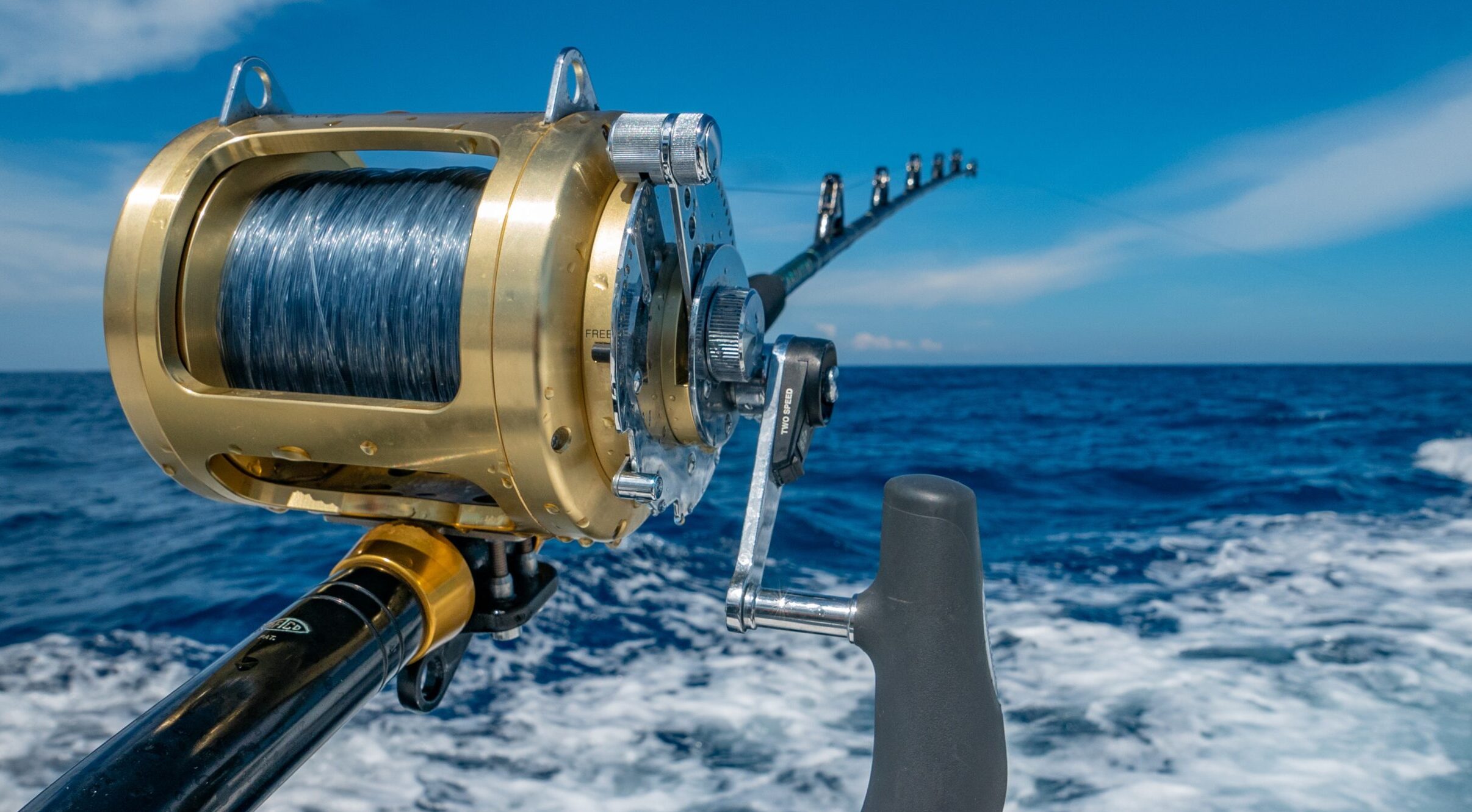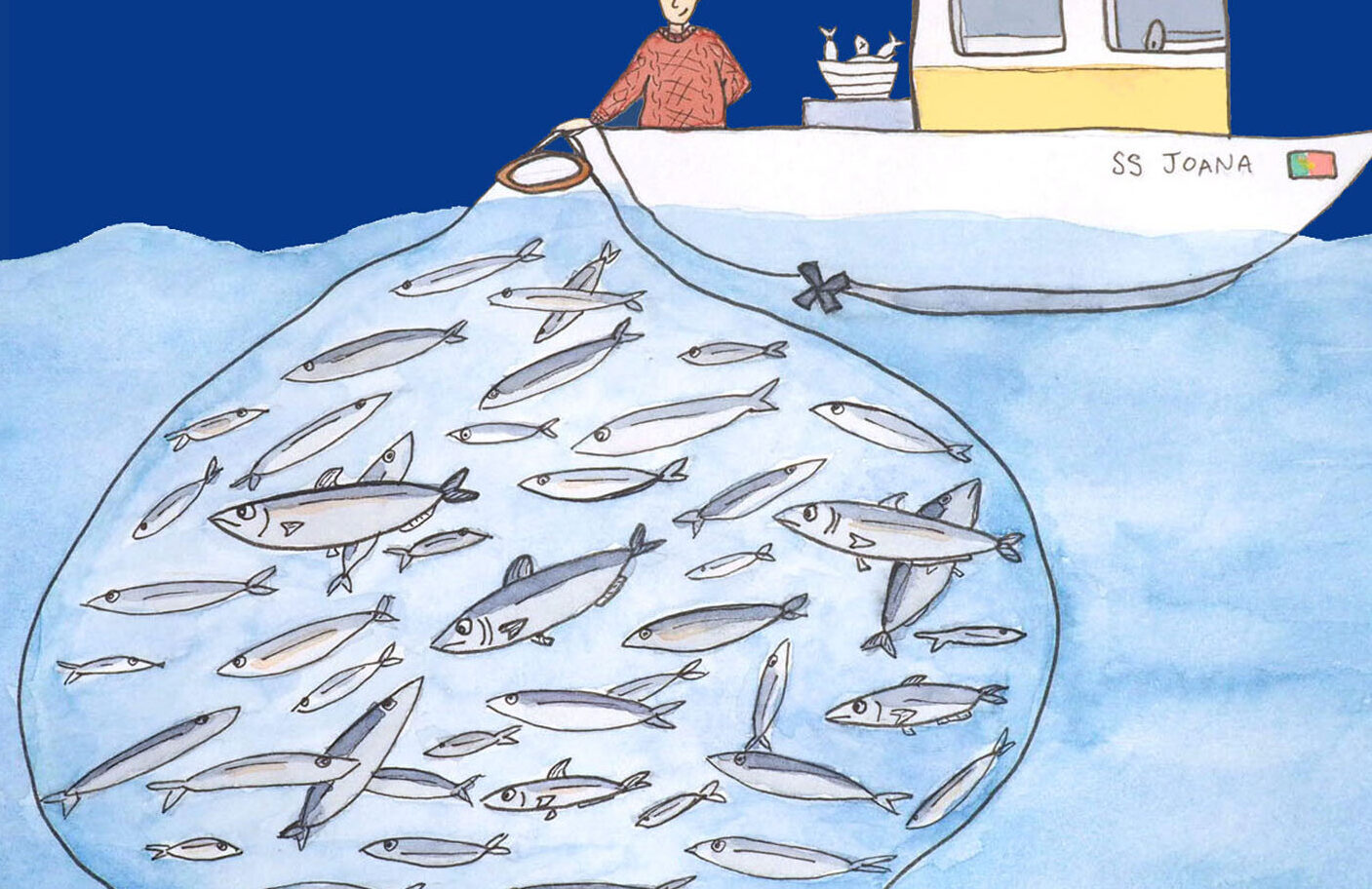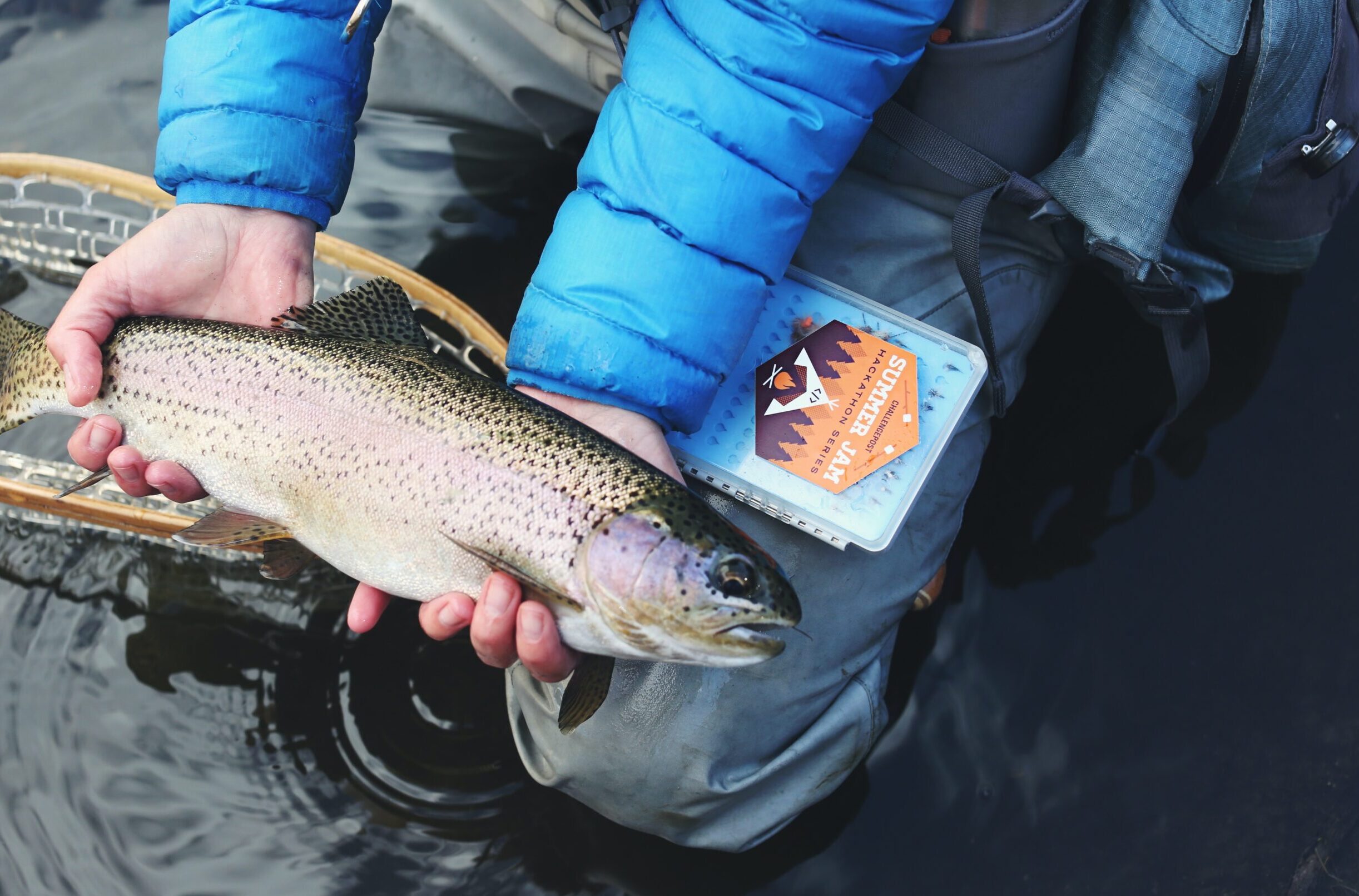When it comes to fishing, selecting the right gear can make all the difference between coming home empty-handed or reeling in a big catch. One crucial consideration when choosing your equipment is selecting the appropriate fishing line weight. With so many options available, and various factors to consider for different situations, making this decision can be overwhelming. Fear not! In this blog post, we’ll take a closer look at what fishing line weight is and how it can affect your experience out on the water. We’ll also explore the different types of fishing line weights available and provide tips for choosing which one is best suited for your specific needs. So grab your rod and let’s dive in!
What is Fishing Line Weight?
Fishing line weight refers to the thickness and strength of a fishing line, usually measured in pounds. The weight of your fishing line is important because it determines how much weight it can handle before breaking.
The term “pound test” is commonly used when referring to fishing line weight. This number indicates the amount of weight that a particular line can handle without breaking. For example, if you see “8 lb test” on a spool of fishing line, it means that the line can withstand up to 8 pounds of pressure before snapping.
It’s essential to note that different types of fish require different weights of lines. Choosing an appropriate fishing line weight will depend on various factors such as the type and size of fish you’re targeting, water conditions, and casting techniques.
Selecting the right pound test for your specific needs will ensure that you have enough strength in your tackle while also maintaining sensitivity for detecting bites from smaller or more finicky fish species. With so many variables at play when selecting a suitable pound-test rating for your gear setup, taking time to research beforehand can make all difference between landing trophy-sized catches or going home with empty hands!
How Does Fishing Line Weight Affect My Fishing?
Fishing line weight can greatly affect your fishing experience, and it’s important to use the right one for each situation. The weight of your fishing line refers to its strength or thickness. A heavier line is stronger but less flexible, while a lighter line is more flexible but weaker.
Using the wrong fishing line weight can result in lost fish or even damage to your equipment. For example, if you’re using a lightweight fishing line for heavy-duty fishing, it may break easily under the strain of a large catch.
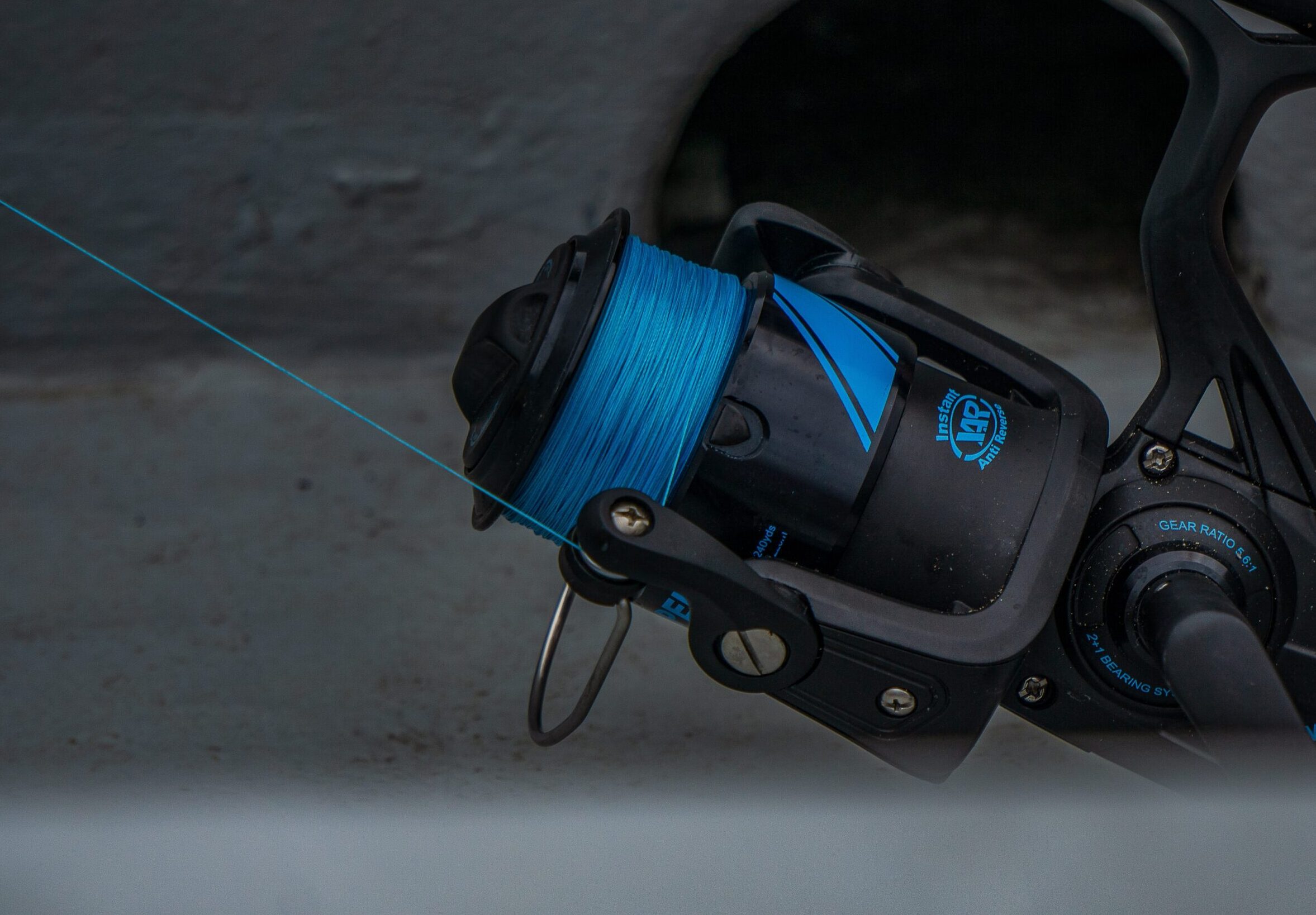
On the other hand, if you’re using a heavy-weighted fishing line for light tackle situations, it can scare away smaller fish and make casting difficult due to its lack of flexibility.
Additionally, different types of fish require different weights of lines. Larger species such as tuna or marlin will require much stronger lines than smaller species like trout or panfish.
Choosing the proper fishing line weight is crucial for successful and enjoyable angling experiences. It’s important to consider both the type of fish you’ll be targeting and the conditions in which you’ll be fishing when selecting your desired weight.
What Are the Different Types of Fishing Line Weights?
Fishing line weights refer to the thickness or diameter of the fishing line. Different types of fishing lines have varying weight capacities, which are usually labeled on their packaging. There are three main types of fishing lines: monofilament, fluorocarbon, and braided.
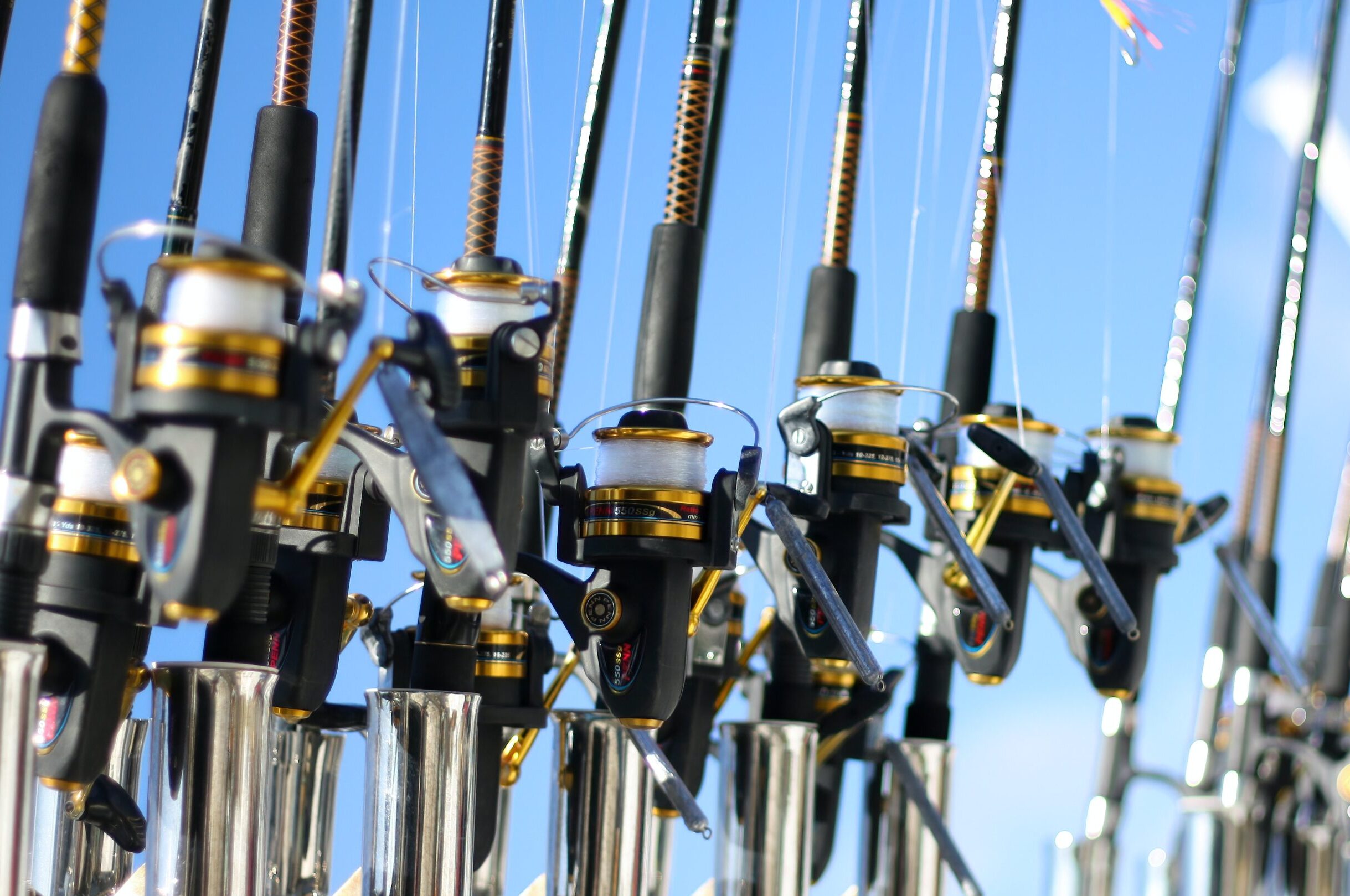
Monofilament is a popular choice among anglers because it’s relatively inexpensive and easy to handle. It also offers some stretch, making it ideal for catching fish that tend to make sudden movements when hooked.
Fluorocarbon is another type of fishing line that has gained popularity in recent years due to its low visibility underwater. This makes it an excellent choice for clear water conditions where fish may be more skittish.
Braided lines are made up of several strands woven together, making them incredibly strong and abrasion-resistant. They’re often used for heavy-duty applications like deep-sea fishing or trolling for large game fish.
It’s important to note that different brands and manufacturers may offer variations within each type of fishing line weight category. As such, always read labels carefully before purchasing any new gear to ensure you’re getting the right product for your specific needs.
Which Type of Fishing Line Weight Should I Use for Different Situations?
Choosing the right fishing line weight can be a challenging task for beginners and even experienced anglers. The type of fishing line weight to use depends on several factors, including the type of fish you intend to catch, the location, and the technique you will use.
For light tackle fishing in freshwater bodies, a lighter line weight is ideal as it allows for better sensitivity and finesse. A 4-8 pound test line is suitable for catching panfish such as crappie or bluegill in small ponds or lakes. On the other hand, if you are targeting bigger fish like bass or walleye, a 10-14 pound test line would be more appropriate.
When fishing in saltwater environments where tidal currents are strong, using heavier lines ranging from 20-30 pounds may be necessary to withstand these harsh conditions. Moreover, when doing offshore trolling for game fish like Marlin that weigh over 200 pounds requires an extremely durable braided line with tensile strength exceeding that amount.
In fly-fishing scenarios where delicate presentation is crucially important to lure unsuspecting trout into biting your bait – utilizing thinner lines between three-to-five weights would yield optimal results compared to thicker ones used when casting heavy streamers or large poppers which require up-to eight-weighted rods equipped with faster action blanks capable of handling heavy loads without breaking down.
Ultimately selecting the right fishing line weight entails considering variables such as water conditions & depths; target species size & fighting habits along with angler skills while keeping cost-effectiveness in mind.
What Are Some Factors to Consider When Choosing a Fishing Line Weight?
Choosing the right fishing line weight is crucial for a successful fishing trip. To make the best choice, there are several factors to consider:
1) Target species: The size and strength of your target fish should determine the weight of your fishing line.
2) Fishing location: If you’re fishing in heavy cover or rocky areas, you’ll need a heavier line weight to prevent breakage.
3) Water conditions: Murky water requires heavier lines as they are easier to spot by fish. Lighter lines work better for clear water.
4) Casting distance: Thicker lines cast further but can spook fish, while lighter ones can’t cast as far but won’t scare them away.
5) Personal preference and experience level: Ultimately, it comes down to personal preference and experience level. Experimenting with different line weights will help you find what works best for you.
Choosing the right fishing line weight is essential for a successful day on the water. Taking into account these factors will help ensure that you have the appropriate gear needed for any situation that arises during your next adventure. Happy fishing!
